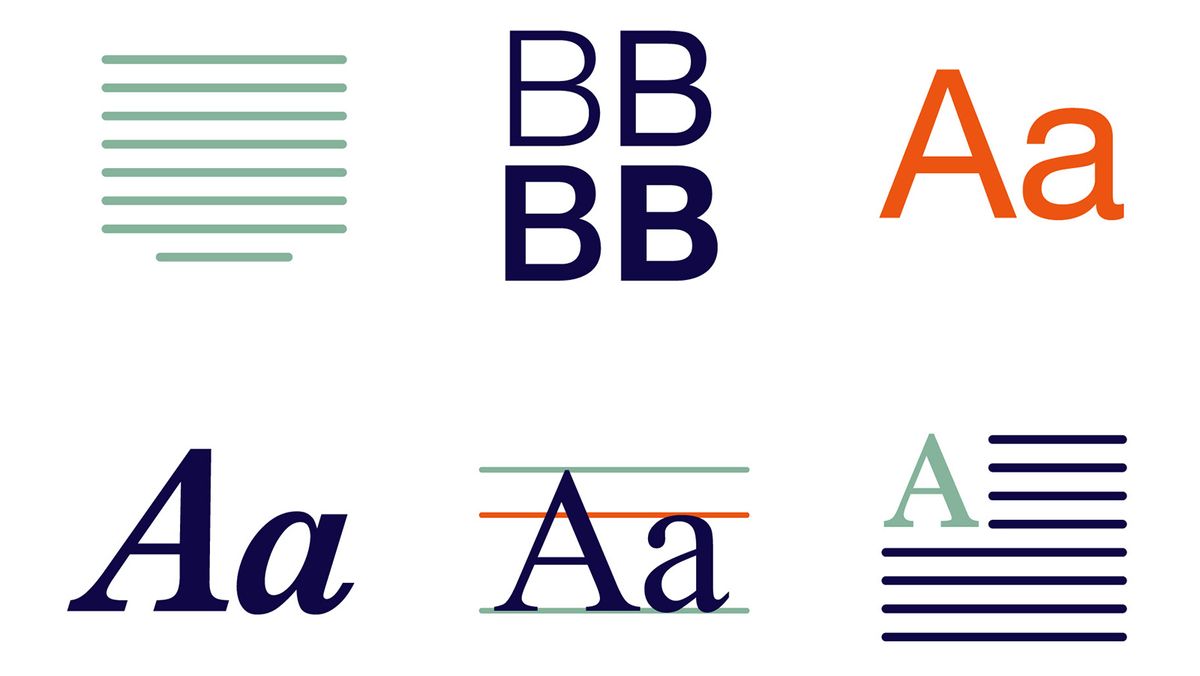
Basically everything that we take for granted today about fonts and typesetting started with the invention of the industrial printing press by Johannes Gutenberg in the 1400’s. Before the invention of Gutenberg’s press, nearly all books in European circulation were bound and inscribed by monks of the Catholic Church who copied the body text by hand over several weeks.
This was grueling work, causing books to be generally unaffordable to the commoner and literacy rates to be low. Gutenberg’s invention drove down the cost of bookmaking and allowed literature to reach the masses.
The default font for this press, Blackletter, was initially based on the writing of the monks, with a big font size and bold, ornate letters. It had style, but it didn’t have the readability required for mass media and web design.
Improving Legibility
In 1470, a French printer named Nicolas Jenson came up with what could be considered the first readable typeface: the “Roman” font.
This style did away with ornate flourishes and focused on distinctive letter shapes that were evenly spaced, making it much easier to read by the layman. Many modern variants of the typeset exist today including the popular font, Times New Roman.






